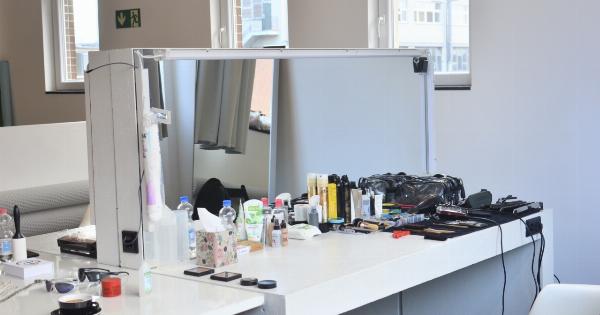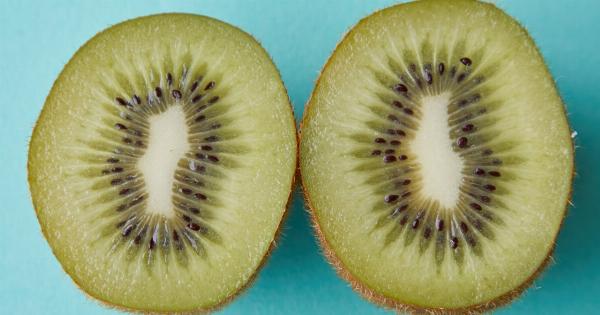Hair loss can be a frustrating and disheartening experience for many individuals. Although hair loss is a common problem, there are various methods available to restore hair growth, but hair transplants remain the most effective solution.
One of the commonly used hair transplant methods is the Follicular Unit Extraction (FUE) procedure.
What is Follicular Unit Extraction (FUE) Hair Restoration?
The FUE technique is a minimally invasive hair restoration procedure that involves the extraction of individual hair follicles from the donor area (typically the back and sides of the head) using a small, circular punch device.
The hair follicles are then implanted into the bald or thinning area of the scalp. The extracted hair follicles are harvested one at a time and then implanted into tiny incisions made on the balding areas of the scalp.
The advantage of the FUE procedure is that it does not leave a linear scar like the Follicular Unit Transplantation (FUT) method.
Instead, small round scars are left in the donor area that fades over time, making it an ideal option for patients who have short haircuts or prefer to keep their hair short.
The Advantages of FUE Hair Restoration
There are various advantages of FUE hair restoration, which include:.
- FUE is a minimally invasive procedure that does not require stitches or scalpels, and there is minimal discomfort during and after the procedure.
- The FUE method limits the risk of scarring, making it a popular option for those who wish to wear their hair short or short style haircuts in the future.
- The follicles extracted through FUE hair restoration are robust and can reduce the risk of bleeding, infection, or follicular damage.
- The process of hair growth after a FUE procedure is natural and gradual, with patients experiencing new hair growth in about three to six months after the procedure.
- The FUE technique provides a more natural-looking hairline, which can restore one’s self-confidence and self-esteem.
- FUE is a cost-effective hair restoration solution, making it accessible to a wide range of individuals.
The FUE Hair Restoration Procedure
The FUE procedure involves the following steps:.
Step 1: Consultation
During the initial consultation with the hair transplant surgeon, the patient will be assessed to determine if they are an ideal candidate for FUE hair restoration.
The surgeon will look at the extent of hair loss, the available donor hair, and evaluate the patient’s medical history and potential complications.
Step 2: Donor Area Preparation
The patient’s donor area in the scalp (typically the back and sides of the head) will be shaved to about 1mm in length for easy hair extraction. The scalp is then cleaned to sterilize the area, which gets ready for the procedure.
Step 3: Extraction of Hair Follicles
Next, the surgeon will use a small, circular punch device to extract hair follicles individually from the donor area. The device’s size usually ranges between 0.6mm and 1.0mm, depending on the patient’s hair type and other factors.
The surgeon performing the procedure will ensure that the extraction procedure does not damage any hair follicles. They are also mindful of the direction and orientation in which the hair naturally grows in the donor area.
Step 4: Incisions Making in Balding Area of the Scalp
The surgeon will use a special micro-needle to create tiny holes in the balding or thinning area of the scalp, where hair transplantation is required. These incisions are made according to the patient’s natural hair growth pattern and density.
Step 5: Implantation of Hair Follicles
Next, the surgeon will carefully implant the extracted hair follicles into the incisions made in the balding area of the scalp. The surgeon uses a surgical tweezer to place each follicle accurately.
This process requires skill and precision, and the surgeon must ensure that each hair growth direction matches the patient’s natural hair growth pattern.
Step 6: Aftercare
After the procedure, the patient is advised to avoid strenuous physical activity for a few days. The patient must follow the surgeon’s instructions to ensure that the donor and recipient areas’ new hair grow correctly.
Conclusion
In summary, Follicular Unit Extraction (FUE) hair restoration is a minimally invasive hair transplant technique that can restore an individual’s hair growth.
It offers numerous advantages, including minimal discomfort and scarring, as well as a natural-looking hairline. The procedure is performed in several steps, including a consultation, donor area preparation, hair follicle extraction, incision making in balding or thinning areas, hair follicle implantation, and aftercare.
The process of hair growth is gradual, and the new hair growth appears natural in about three to six months after the procedure.


























